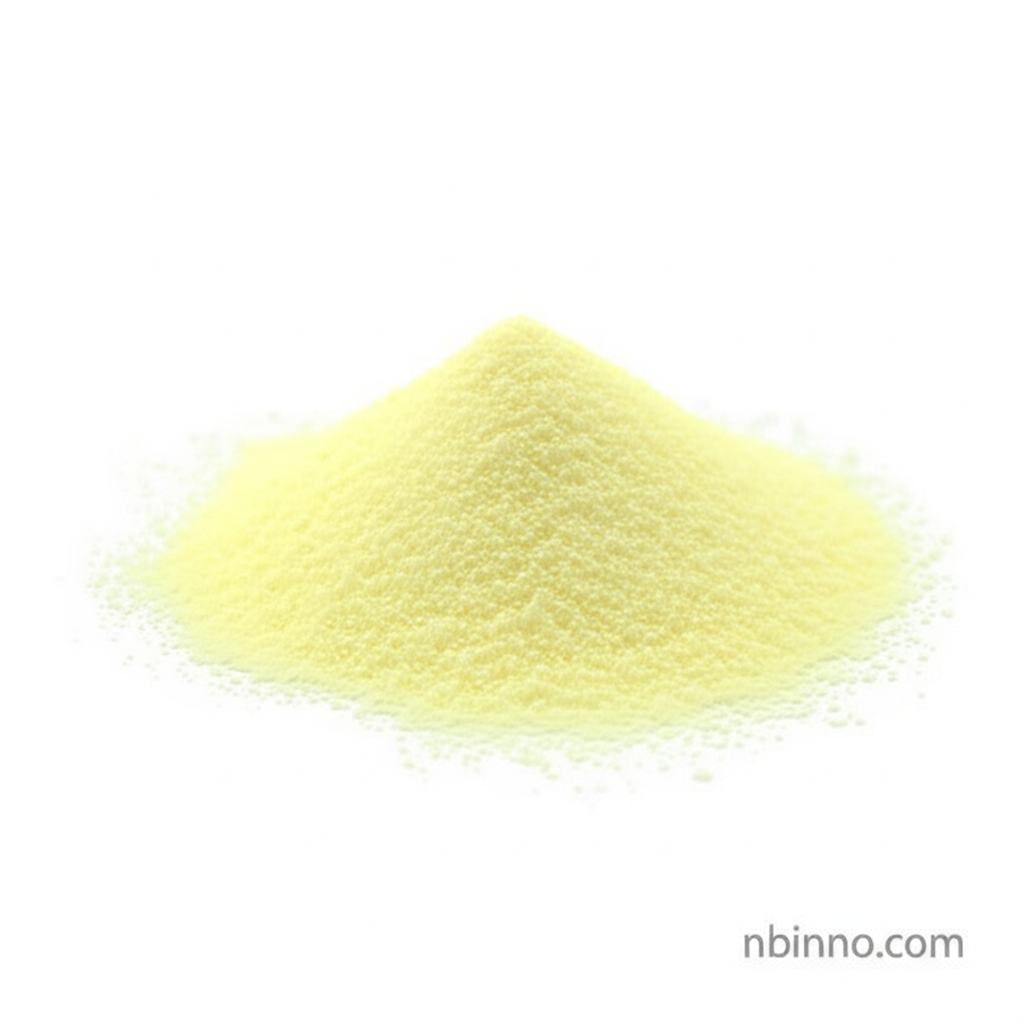2,2'-Bipyridyl-5,5'-dialdehyde: A Versatile Ligand for Catalysis and Materials Science
Explore the multifaceted applications of 2,2'-Bipyridyl-5,5'-dialdehyde, a key compound driving innovation in catalysis and advanced materials synthesis. Discover its potential as a reliable supplier in China.
Get a Quote & SampleProduct Core Value

2,2'-Bipyridyl-5,5'-dialdehyde
As a leading manufacturer in China, we offer 2,2'-Bipyridyl-5,5'-dialdehyde, a critical intermediate for advanced chemical synthesis. This compound is pivotal in coordination chemistry and catalysis, enabling the creation of stable metal complexes that enhance reactivity and selectivity in various organic transformations. Its role as a building block for Covalent Organic Frameworks (COFs) highlights its importance in developing novel materials with tunable properties for applications like gas storage and sensing.
- Leverage the unique properties of bipyridyl ligand metal complexes for advanced catalytic processes.
- Explore the synthesis of covalent organic frameworks using 2,2'-Bipyridyl-5,5'-dialdehyde as a key building block.
- Investigate the antibacterial properties of dialdehydes for potential new applications.
- Utilize this compound for its shown antitumour activities in vitro, contributing to medicinal chemistry research.
Advantages Offered
Enhanced Catalytic Performance
The ability of 2,2'-Bipyridyl-5,5'-dialdehyde to form stable metal complexes significantly boosts catalytic activity and selectivity, crucial for efficient organic synthesis.
Material Innovation
As a key component in constructing Covalent Organic Frameworks (COFs), it facilitates the development of porous materials with tailored properties for diverse industrial applications.
Research Versatility
Its documented antibacterial and antitumour activities make it a compound of interest for researchers in medicinal chemistry and drug discovery, supporting the exploration of novel therapeutic agents.
Key Applications
Coordination Chemistry
As a versatile ligand, it facilitates the formation of stable coordination complexes with transition metals, essential for various catalytic reactions.
Catalysis
The metal complexes formed are utilized in diverse organic transformations, including cross-coupling reactions and C-H activation, driving innovation in synthesis.
Materials Science
It serves as a building block for Covalent Organic Frameworks (COFs), enabling the creation of advanced porous materials for gas storage, separation, and sensing applications.
Medicinal Chemistry Research
Its demonstrated antibacterial and antitumour activities offer potential avenues for research in drug discovery and development.
